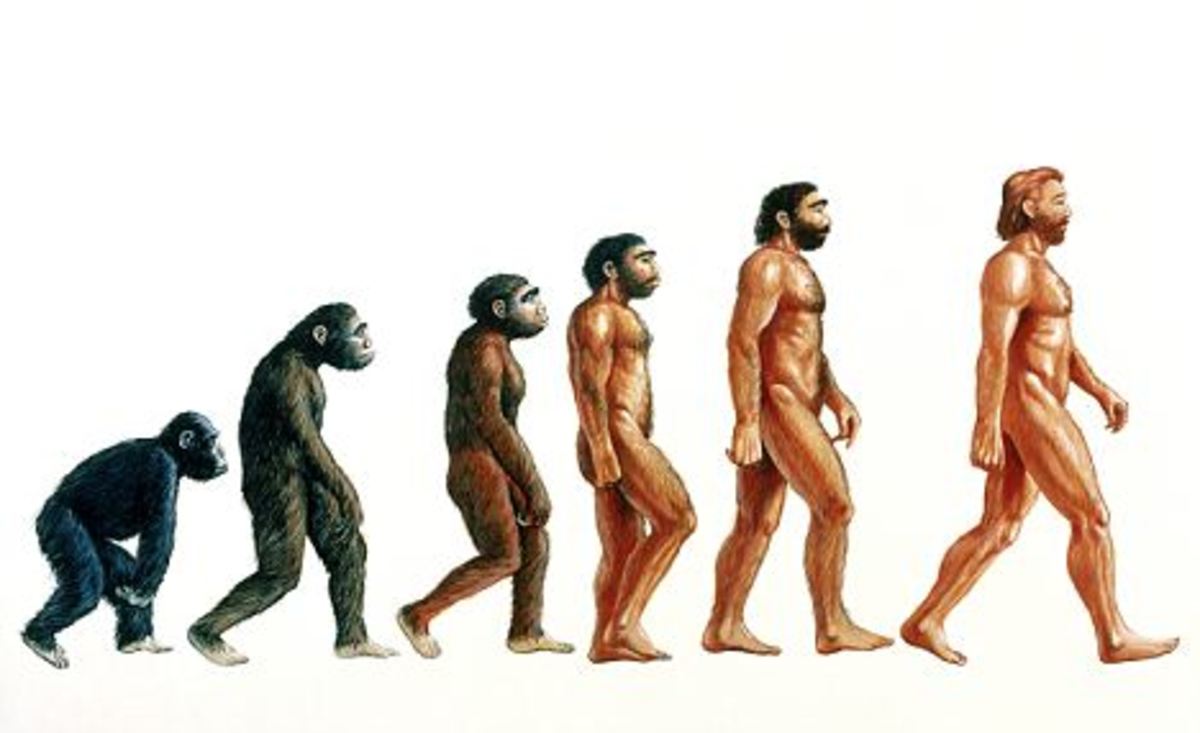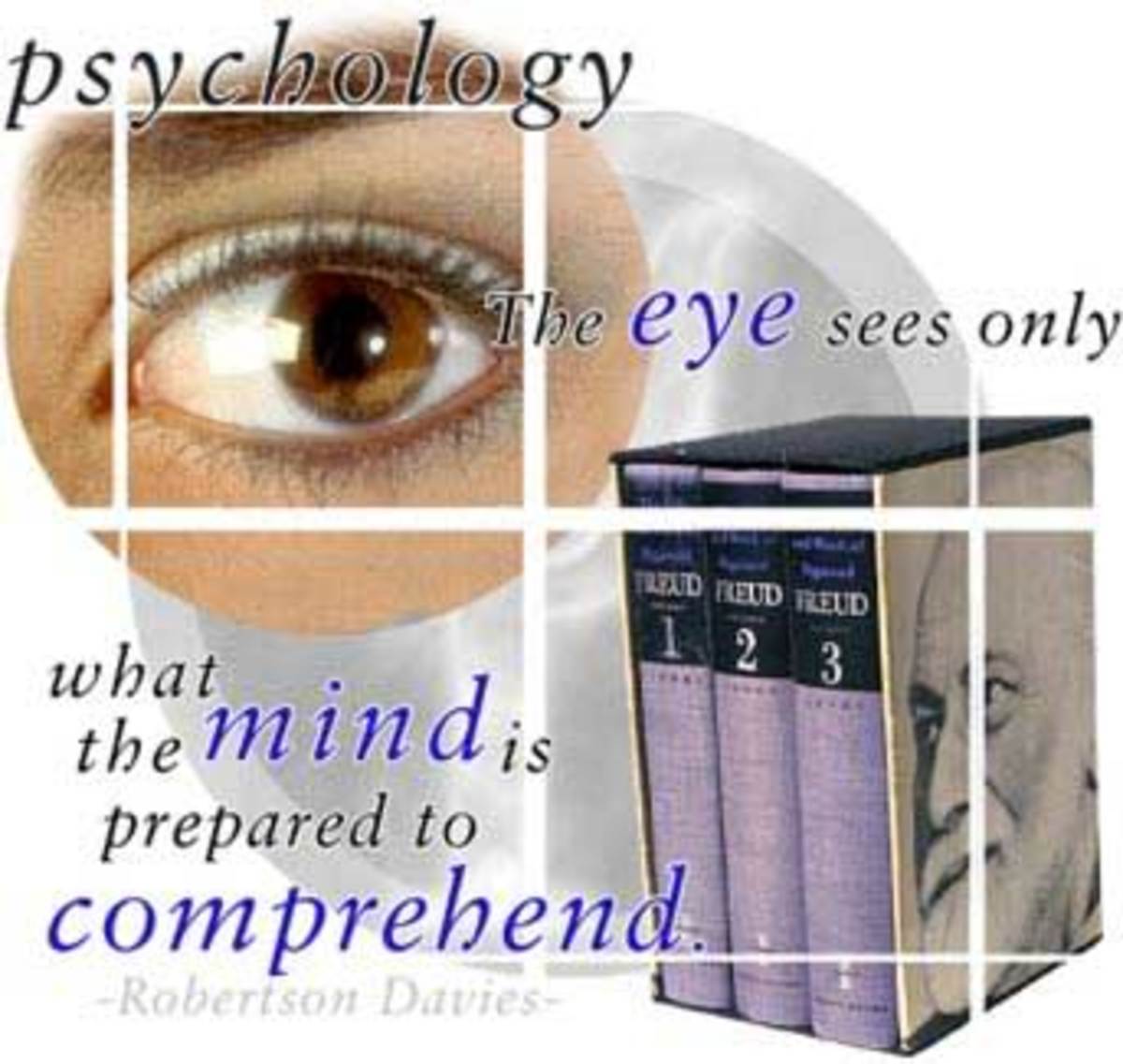Classic Studies in Conformity and the Psychology of Helping
References
Health. (n.d.). Conformity, Information about Conformity. Retrieved November 27, 2013, from
http://www.faqs.org/health/topics/2/Conformity.html
Powers, R. (n.d.). Military Orders. About.com US Military. Retrieved November 29, 2013, from
http://usmilitary.about.com/cs/militarylaw1/a/obeyingorders.htm
Stangor, C. (2013). Principles of Social Psychology. New York: Flat World Knowledge Inc.
Classic Studies in Conformity
Conformity is “the change in beliefs, opinions, or behaviors as a result of our perceptions about what other people believe or do” (Stangor, 2013, p. 184). People conform for many different reasons such as: to avoid rejection, to fit in with a group, and when a person does not know the correct answer. Muzafer Sherif created a study to test the “outcomes of conformity on the development of group norms” (Stangor, 2013, p. 187). Sherif first had college students enter a dark room with a single non-moving point of light, with only one person in the room at a time, and state how much they believe that light moved. This same experiment was conducted three additional times over three days in groups. Each day the college student’s guesses changed as they conformed to each other; their answers changed from stating that the light moved 3.5 in., 1 in., and .3 in., to agreeing that the light moved about 1 in. with only about 0.3 in. of a difference. When in school, people learn that conformity is often necessary through group projects; when completing a school project there is often no one right answer and yet everyone in the group has to agree to one answer in order to complete the project and have it graded by the teacher. In this situation students are influenced by the social power of the teacher, the risk of a bad grade, how much knowledge each group member has on the subject, being seen as uncooperative, being orchestrated, and being disciplined for disobeying the teacher.
Solomon Asch created his own study on conformity after learning about Muzafer Sherif’s study and concluding that people conformed as quickly as they did because the answer was unclear. Asch created a vision test where he asked male college students in a group composed mostly of experimental confederates, to answer which out of two black lines on a test card were closest in size to the black line on the standard cards; the lines were drawn so that the answer was obvious. The confederates would answer first, and about 76% of the subjects conformed at least once during the experiment and only 24% never conformed. In this situation people conformed because of peer pressure; they gave the answer everyone else did because they did not want to be seen as stupid or different. This experiment seems similar to how people engage in drug use even though they know it is wrong; when people conform in this situation they are often doing it to increase their self-esteem, be seen as part of a group, and/or to not be seen as uncool. Much like the experiment not all people conform when pressured to take drugs, many say no or later decide to stop; in this type of setting people are influenced by the amount of knowledge they have on the effects of drugs, if their culture encourages or discourages conformity, and if they are high enough on the social hierarchy to say no and not be forced into social isolation.
Stanley Milgram designed his own study as well on conforming to authority; he wanted to know if a person would follow the orders of authority to the extent of harming another person. Milgram introduced a research subject and a confederate as both being research subjects to each other. He then explained that one of them would be a teacher and one a student; the research subject was the teacher and the confederate was the student. The teacher would read a list of memory questions and answers to the student and then test the student, if the student got the answer wrong the teacher would give them a shock, each shock would increase per wrong answer and the student would beg the teacher to stop and say that they have heart problems. In the initial study 60% of the teachers conformed to the experimenter’s authority. This experiment is similar to the military when a commanding officer gives an order and, because he/she is considered the main authority, they are obeyed without question. In these cases conformity is influenced by the level of authority, the level of unamity, and psychological reactance.
References
Stangor, C. (2013). Principles of Social Psychology. New York: Flat World Knowledge Inc.
The Psychology of Helping
Bibb Lantane and John Darley are two psychologists who decided to explore when and why people do and do not help each other after Kitty Genovese’s death. Kitty Genovese was murdered on March 13, 1964 at 3:00 a.m. by Winston Moseley within a few feet from her apartment building in New York City (Stangor, 2013, p. 254). Kitty repeatedly called out for help and yet no one from the apartment building came to help her and the police were only called after she died (Stangor, 2013, p. 254). This event sparked all sorts of psychological research into the psychology of helping others.
Bibb Lantane and John Darley created the stages of helping model to show what people thought when an emergency happens and what leads them to help or not to help. The model starts with the emergency, in this case Kitty Genovese being attacked. First people need to notice the event; not all of the people in the apartment building may have noticed the event for various reasons. For instance, some of the people may have been in a group together having a party, making it difficult to hear as well as decreasing their level of alertness. The second stage of the model is interpretation; the people who notice the emergency need to interpret it as an emergency. The people in Kitty’s apartment building may have decided not to get involved because they interpreted the event to be a boyfriend-girlfriend fight, Kitty being drunk, two people play fighting, and/or another non-emergency event. The third stage of the model is called assume responsibility. This is when a person decides it is their responsibility to do something. In Kitty’s case a diffusion of responsibility probably occurred, the people in the apartment building probably all knew that there were a good number of people in the building and they all thought that someone else would take responsibility and help Kitty; this caused most people to not take any responsibility for helping Kitty. The fourth and final stage before intervention is when a person decides if they know an appropriate form of assistance. Any of the people who reached this stage of the helping model from Kitty’s apartment building probably did not know how to help nor what to do to help; these few people were probably not policemen, firemen, a paramedic, nor did they know or think that calling the police would help. These different steps in the model of helping show why no one intervened to help or save Kitty besides making a phone call to the police too late to save her life.
I have never been in a situation where I have to decide if I am going help someone in an emergency situation, but I have had been in non-emergency situations where I have to decide if I want to help or not. When I was at work this week as an afterschool counselor at an elementary school one of the children was injured while playing soccer and another counselor was already by the child; I had to decide if I wanted to help as well. In this situation I decided to help for multiple reasons. On a personal level, I felt empathy towards the child because the soccer ball had just hit him in the face, and I have had that happen to me in the past. On a social level, the child was a member of my group and I had a responsibility towards the children that were assigned to my group. In this case there was no difference between helping and altruism because in the end I decided to help the child because he was my responsibility, I felt bad for him, and I knew how to help him; I also helped without any type of reward (Stangor, 2013, p. 245). I assisted him by checking his head to make sure there was no bleeding, getting him ice for his head, and calling his parents to come and pick him up.








